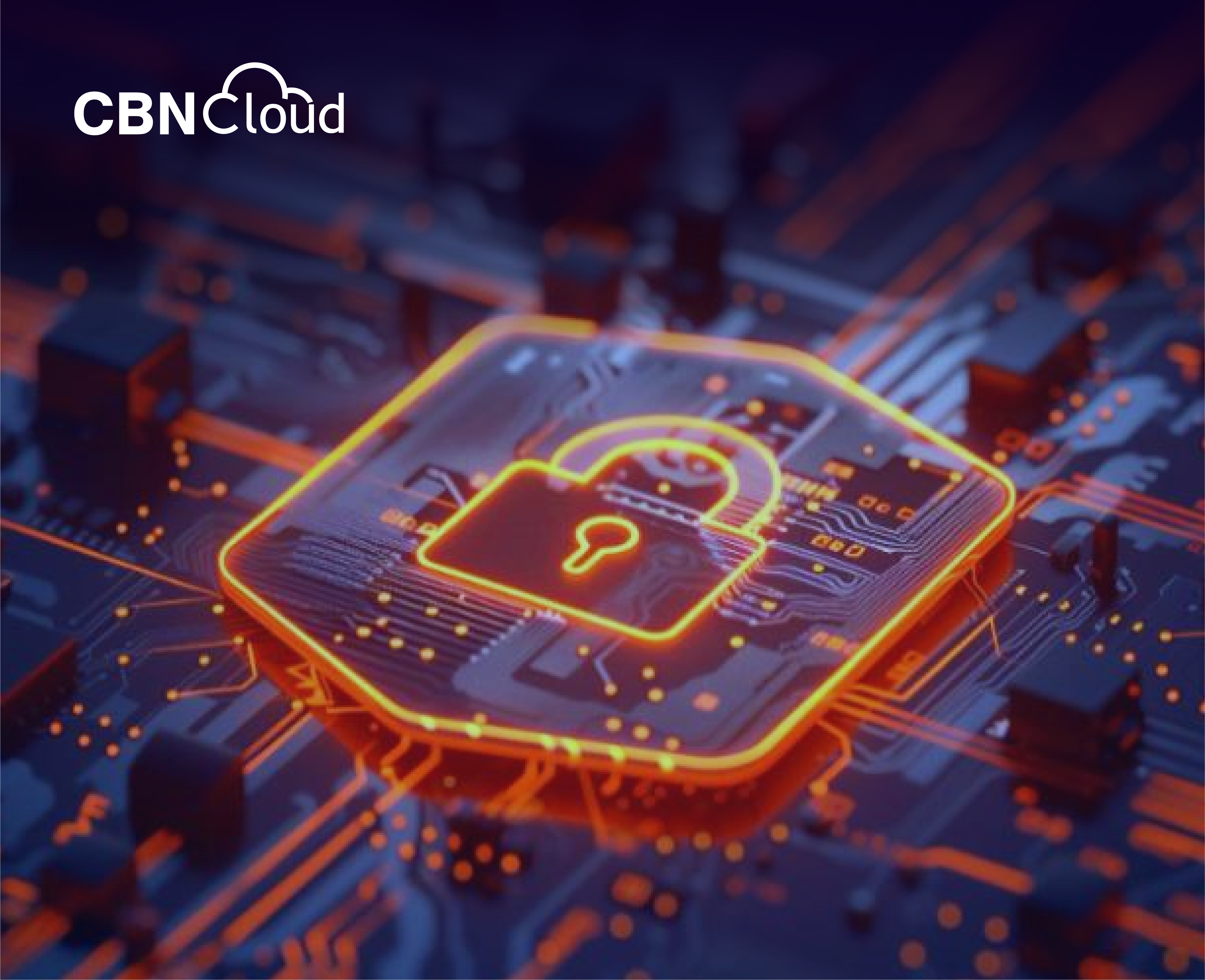
Cloud security systems and cyber threats continue to evolve alongside the adoption of new technologies. The year 2025 is expected to be a crucial moment in strengthening data security and digital infrastructure. Companies must pay attention to emerging cloud security trends to protect their systems from increasingly complex threats. Based on the 2025 State of Cloud Security Report, here are some cloud security trends that businesses can adopt.
Zero Trust Architecture (ZTA)
Traditional perimeter-based security models are becoming obsolete. Zero Trust Architecture (ZTA) is emerging as the primary approach to enhancing cloud security with the principle of “never trust, always verify.” Its implementation includes:
- Explicit verification: Authentication and authorization are performed based on all available data points.
- Micro-segmentation: Restricting user access using Just-In-Time (JIT) and Just-Enough-Access (JEA) approaches, along with risk-based policies.
- Network activity monitoring: Enhancing visibility, detecting threats, and strengthening defenses.
Zero Trust Architecture (ZTA) is not a specific product or cloud service but rather an approach to designing and implementing security principles. Unlike traditional security models built behind corporate firewalls, ZTA assumes breaches are inevitable and verifies every request as if it originates from an untrusted network.
Regardless of where resource access originates, the ZTA model teaches companies to “never trust, always verify.
AI and ML for Threat Detection
Artificial Intelligence (AI) and Machine Learning (ML) are increasingly relied upon to detect cyber threats in real time. These technologies can:
- Analyze suspicious activity patterns within cloud systems.
- Respond to threats more quickly through AI & ML automation.
- Improve accuracy in detecting cyber threats.
It’s important to note that these technologies rely heavily on high-quality data and strict security configurations. The integration of AI & ML must be accompanied by a strong security strategy, despite their role in enhancing cloud security.
Many social engineering and phishing attacks in 2024 leveraged AI & ML, proving that these technologies can also be exploited by cybercriminals.
Secure Access Service Edge (SASE)
This technology combines network security with cloud technology to provide comprehensive protection. By using SASE, businesses can secure user access to cloud resources without relying on on-premises data centers.
SASE integrates software-defined wide area networks (SD-WAN) with consolidated cloud-based security solutions, including SWG, CASB, ZTNA, and FWaaS.
SASE offers several advantages:
- Secure access from anywhere with cloud-based security.
- Integration of Zero Trust Network Access (ZTNA) for access authorization.
- Combination of cloud firewall, CASB, and Secure Web Gateway (SWG).
Many companies have already adopted SASE in 2024 as a primary solution for securing their cloud systems.
Confidential Computing
Confidential computing will become increasingly important in 2025. This technology protects data not only when stored or transmitted but also during processing. Using hardware-based Trusted Execution Environments (TEE), confidential computing creates a secure and isolated environment that prevents unauthorized access or modification of data and applications while in use.
This security measure is crucial for industries such as finance, healthcare, and government, where large amounts of sensitive data are processed daily.
Read Similar Topics: Cloud Security Challenges in 2025
Cloud Security Posture Management (CSPM)
Misconfigurations in cloud environments are often the leading cause of data breaches. To address this, many companies are adopting Cloud Security Posture Management (CSPM). This cybersecurity technology automates and unifies the identification and remediation of misconfigurations and cyber risks across an organization’s cloud infrastructure.
CSPM is widely used to:
- Detect and correct misconfigurations.
- Monitor cloud security in real-time.
- Ensure compliance with security standards (ISO, GDPR, etc.).
Security teams and DevOps/DevSecOps professionals must manage security and compliance for all cloud-native application components—spanning hundreds or thousands of microservices, serverless functions, containers, and Kubernetes clusters.
The Threat of Quantum Computing
Quantum computing has the potential to break traditional encryption, pushing companies to adopt post-quantum encryption as a future security solution. This encryption is designed to remain strong even against quantum computing-based attacks.
Technology companies and cloud service providers are already developing new encryption methods to mitigate this threat.
Stricter Cloud Security Regulations
Governments and regulators will tighten cloud security regulations in 2025, particularly in Indonesia. Key regulations include the Information and Electronic Transactions Law (UU ITE), the Personal Data Protection Law (UU PDP), and Government Regulations (PP). These laws govern data protection and information security.
UU PDP:
- Requires cloud service providers to maintain customer data privacy and security.
- Grants users the right to access, modify, or delete their data.
- Mandates cloud providers to report data breaches within 72 hours.
PP 71/2019:
- Regulates electronic system operations and electronic transactions in Indonesia.
- Requires electronic system providers to ensure information security.
Increase in State-Sponsored Cyber Attacks
State-sponsored cyber attacks are becoming a major concern, particularly for companies handling strategic data. These attacks often target:
- Government cloud infrastructure.
- Technology and manufacturing companies.
- Financial institutions.
Organizations must implement proactive security measures, including threat intelligence and regular penetration testing.
Cloud Security Automation
AI-driven security technologies are now being used to detect and mitigate threats more rapidly. The benefits include:
- Automated threat response without human intervention.
- More accurate data analysis for attack prevention.
- Enhanced cloud security through AI-based threat prediction.
By leveraging AI-driven automation, businesses can improve their cloud security resilience against increasingly complex cyber threats.
Conclusion
The year 2025 will bring technological advancements across various industries, along with new challenges and innovations in cloud security. With rising cyber threats and stricter regulations, organizations must proactively adopt the latest security technologies to protect their cloud infrastructure from malicious actors.
From Zero Trust to AI-driven security, these trends highlight the need for continuous cloud security evolution to counter emerging threats.
Ensure your business is ready to face cloud security challenges in 2025 with CBNCloud!